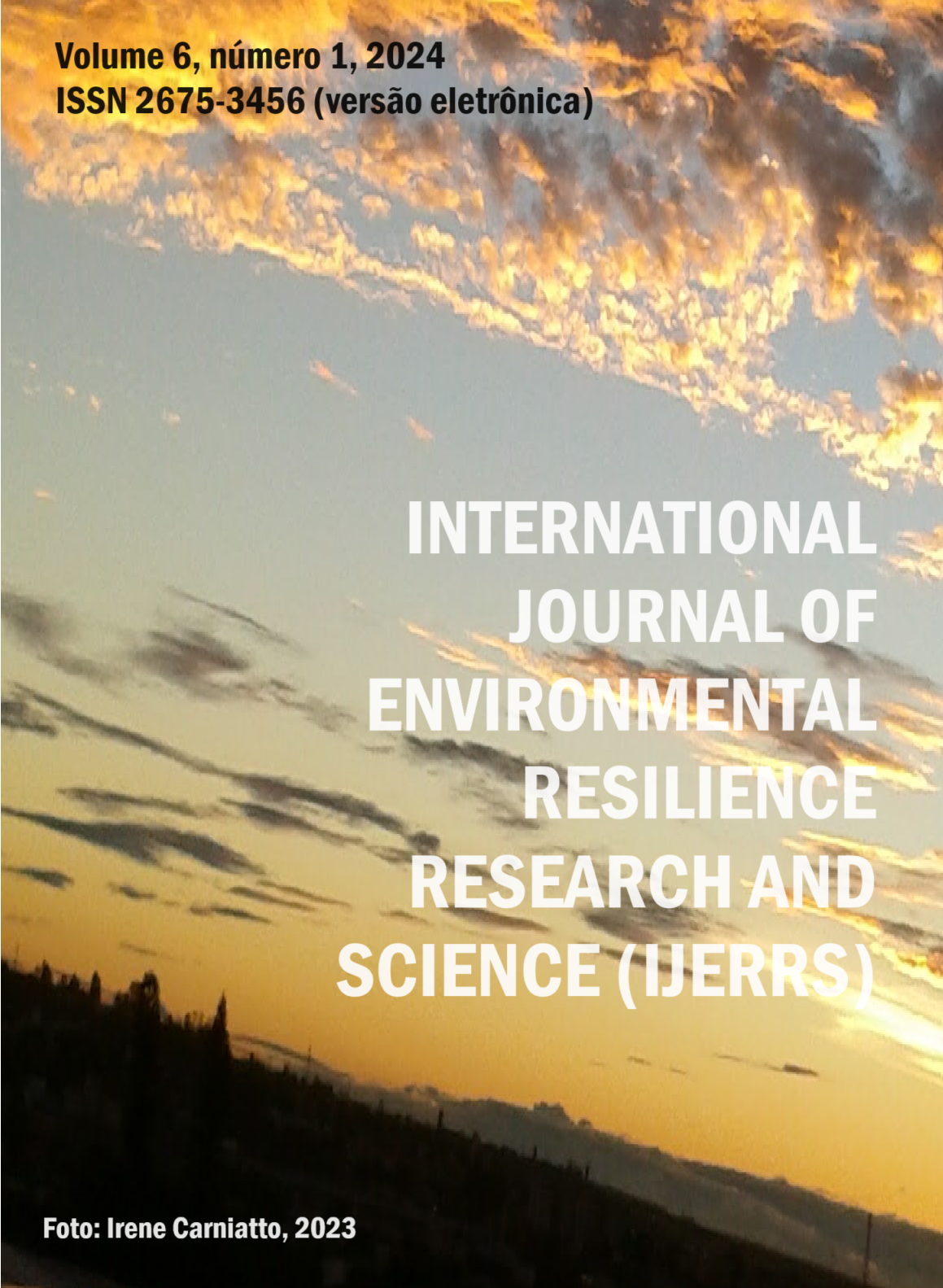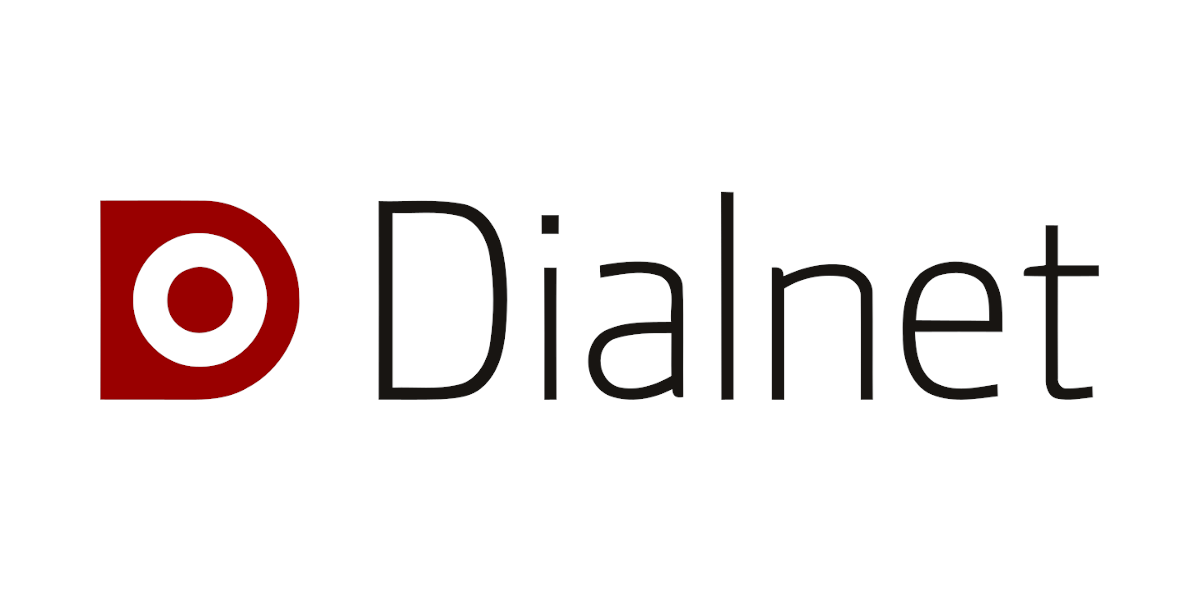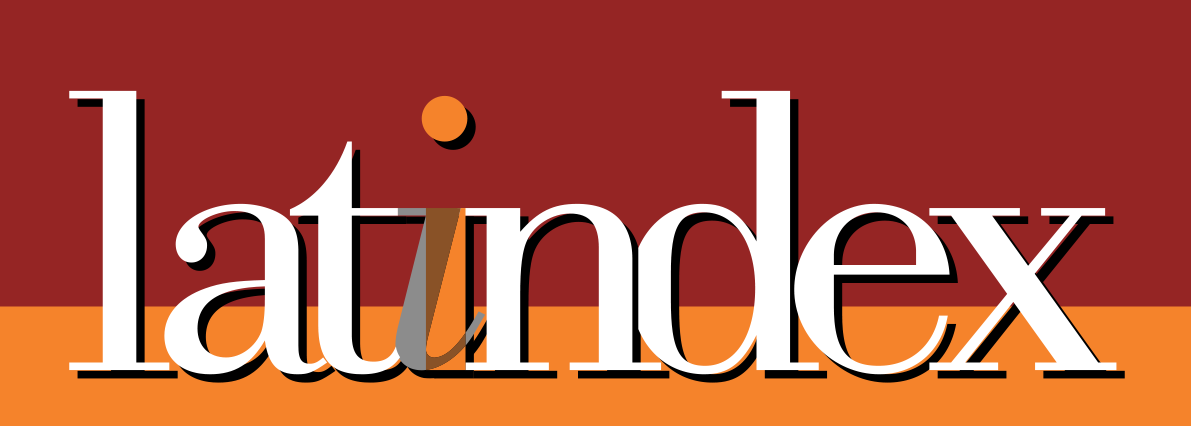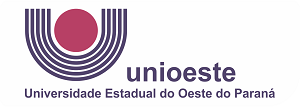Quilombolas de Mata Cavalo: ressignificando a escola, a cultura e a natureza
DOI:
https://doi.org/10.48075/ijerrs.v6i1.32459Abstract
In the Mata Cavalo quilombo, communities fight to preserve their identity and definitively conquer their territory, where they resist on the margins of society. Victimized by hegemonic power of exclusionary public policies, they continue to face farmers’ invasions, losing means of subsistence to agribusiness monocultures, river pollution and other environmental damage which triggered the current climate collapse. They faced the COVID-19 pandemic with immunization delays, suffering to maintain themselves in social isolation and ensure survival conditions, since their strength to resist socio-environmental conflicts was always based on collective articulation. Even after the return to face-to-face activities, school dropout rates were significant and many students chose to guarantee family income by leaving school. After a period of great difficulties in accessing education, these young students have faced challenges to adapt to the new secondary school, even with the implementation of elective subjects related to the Quilombola culture. The investigative methodology was the Social Map, encouraging collective and individual narratives. Amid nature preservation as a resistance strategy, this group continues to resist with their ancestral culture in schools and surrounding areas, legitimizing the desire for visibility and better days.
Key Words: Mata Cavalo quilombo. Climate collapse. Social Map. Culture. Nature.
Downloads
Published
How to Cite
Issue
Section
License
Copyright (c) 2024 International Journal of Environmental Resilience Research and Science

This work is licensed under a Creative Commons Attribution-NonCommercial-ShareAlike 4.0 International License.
Aviso de Direito Autoral Creative Commons
Política para Periódicos de Acesso Livre
Autores que publicam nesta revista concordam com os seguintes termos:
1. Autores mantém os direitos autorais e concedem à revista o direito de primeira publicação, com o trabalho simultaneamente licenciado sob a Licença Creative Commons Attribution que permite o compartilhamento do trabalho com reconhecimento da autoria e publicação inicial nesta revista.2. Autores têm autorização para assumir contratos adicionais separadamente, para distribuição não-exclusiva da versão do trabalho publicada nesta revista (ex.: publicar em repositório institucional ou como capítulo de livro), com reconhecimento de autoria e publicação inicial nesta revista.
3. Autores têm permissão e são estimulados a publicar e distribuir seu trabalho online (ex.: em repositórios institucionais ou na sua página pessoal) a qualquer ponto antes ou durante o processo editorial, já que isso pode gerar alterações produtivas, bem como aumentar o impacto e a citação do trabalho publicado (Veja O Efeito do Acesso Livre).
Licença Creative Commons
Esta obra está licenciada com uma Licença Creative Commons Atribuição-NãoComercial-CompartilhaIgual 4.0 Internacional, o que permite compartilhar, copiar, distribuir, exibir, reproduzir, a totalidade ou partes desde que não tenha objetivo comercial e sejam citados os autores e a fonte.









